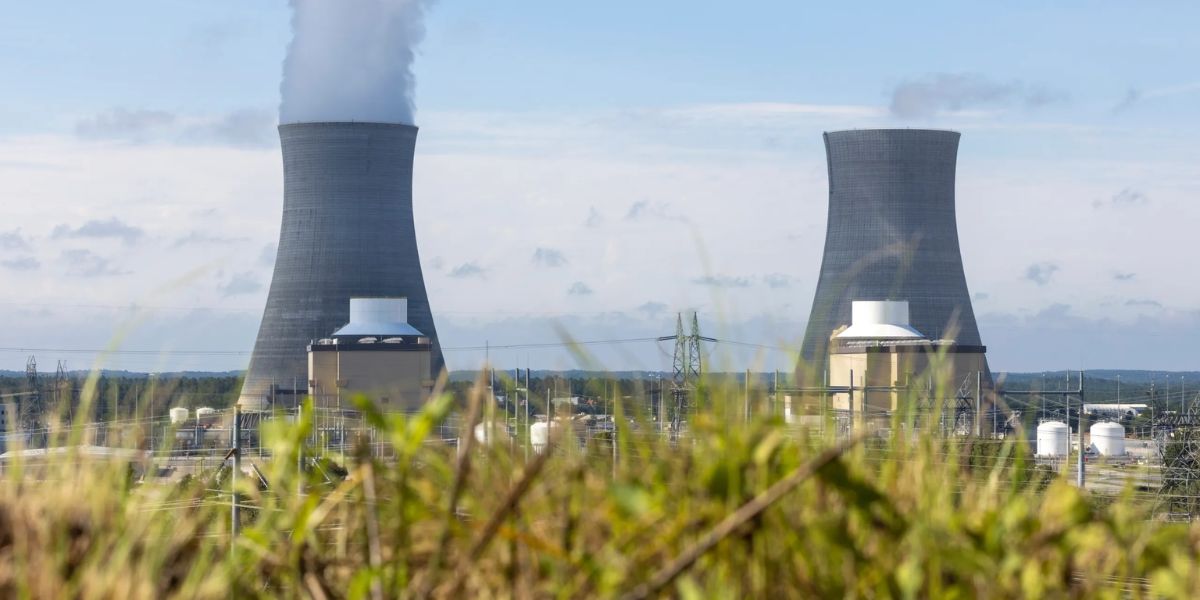Georgia Leaders CELEBRATE Completion of PLANT VOGTLE UNIT 4 After Years and Billions Spent
Burke County, Georgia — Georgia and Georgia Power officials commemorated a significant milestone Wednesday: the grand inauguration of Plant Vogtle Unit 4.
The reactor came online last month. It marks the completion of years of building the nuclear reactor near Waynesboro in eastern Georgia. Building Units 3 and 4 took years longer than intended and cost billions more than anticipated. Critics claim it costs Georgia Power ratepayers more than $14 per month. Gov. Brian Kemp says he hopes the finished facility will provide inexpensive power to Georgians.
“Reliable, consistent, and inexpensive sustainable energy. “That is what our customers want,” Kemp stated.
Both facilities can power 500,000 households by using steam to spin a generator.
“That turbine is spinning at 1,800 rotations per minute, producing more than 1,200 megawatts of electricity that is sent to the grid,” said John Williams, senior vice president of the new Vogtle plants.
According to Williams, the technique is similar to that of other power plants. The biggest difference is how they generate heat to make steam. While traditional power plants use fuel to generate heat, nuclear reactors split atoms, causing the same process.
“One-third of Georgia Power’s energy will be produced by nuclear energy,” Williams stated. Williams claims the Vogtle units are the first of their sort in the United States, and other power providers are interested in following suit.
Gov. Kemp says he’s speaking with other governors who want to invest in nuclear energy. “I actually spoke with one over the weekend who told me, ‘Look, we’re looking at nuclear right now.'” “So, I believe you’ll see more of that in the future,” Kemp said.
In December, the Georgia Public Service Commission approved a 6% rate increase to assist cover $7.6 billion in cost overruns. That means the average ratepayer is paying more than $14 more per month on their electricity bill.
The reactors were initially estimated to cost $12 billion and be completed by 2017. Last year’s expectations exceeded $34 billion.
According to Williams, construction of Unit 3 took longer than projected because it was their first time building a reactor of this size. He claims they applied what they learnt and completed Unit 4 in half the time.










